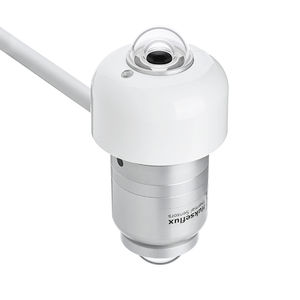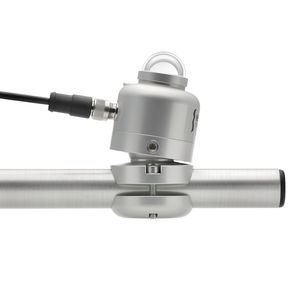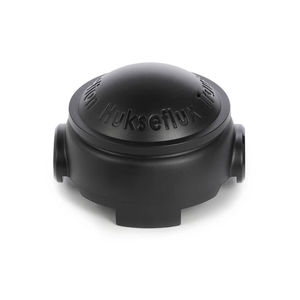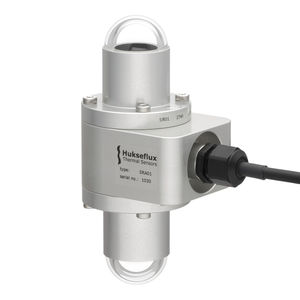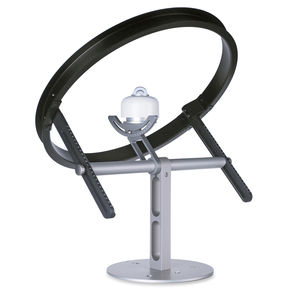
- Detection - Measurement
- Optical and Acoustic Measurements
- ISO 9060 pyranometer
- Hukseflux Thermal Sensors B.V.
- Company
- Products
- Catalogs
- News & Trends
- Exhibitions
First class pyranometer SR15 seriesISO 9060
Add to favorites
Compare this product
Characteristics
- Options
- ISO 9060, first class
Description
SR15 pyranometer series is a first class range of solar radiation sensors applied in general high-accuracy observations. The sensor measures the solar radiation received by a plane surface from a 180 ° field of view angle. This quantity, expressed in W/m2 , is called “hemispherical” solar radiation. SR15 pyranometer can be employed outdoors under the sun, as well as indoors with lamp-based solar simulators. Its orientation depends on the application and may be horizontal, tilted (for plane of array radiation) or inverted (for reflected radiation).
SR15 pyranometer series is “first class” according to the WMO guide and ISO 9060:1990 standard and “Spectrally Flat Class B” in the 2018 revision. Version SR15-D1 and SR15-A1, equipped with on-board heaters, are compliant in their standard configuration with the requirements for “Class B” PV monitoring systems of the IEC 61724-1:2017 standard.
Suggested use
- PV system performance monitoring
- general solar resource monitoring
- indoor simulated solar testing
- meteorological networks
Your benefits
- best measurement accuracy in first class
- improved response time
- with SR15-D1’s and SR15-A1's on-board heater: compliant with IEC 61724-1 Class B
- on-board calibration history
SR15 first class pyranometer employs a thermal sensor with black coating, two glass domes and an anodised aluminium body. The digital sensor models offer output via Modbus RTU over 2-wire RS-485 (version SR15-D1) and via Modbus TTL and 4-20 mA current loop (version SR15-D2A2). The analogue version (SR05-A1) offers millivolt output.
Several options are available for easy mounting on any platform, in plane of array too.
Catalogs
SR15 series
4 Pages
Other Hukseflux Thermal Sensors B.V. products
Solar sensors / pyranometers
Related Searches
- Pyranometer
- ISO 9060 pyranometer
- Digital pyranometer
- RS-485 pyranometer
- Second class pyranometer
- Modbus pyranometer
- Albedometer
- Pyrgeometer
- Smart pyranometer
- First class pyranometer
- Pyrheliometer
- Fast-response pyrheliometer
- Secondary standard pyranometer
- Net radiometer
- Pyrgeometer for research applications
- Pyranometer with quartz domes
- Radiometer for research applications
*Prices are pre-tax. They exclude delivery charges and customs duties and do not include additional charges for installation or activation options. Prices are indicative only and may vary by country, with changes to the cost of raw materials and exchange rates.








